Fabricio Aparecido Breve
Complex Network Construction for Interactive Image Segmentation using Particle Competition and Cooperation: A New Approach
Jul 03, 2020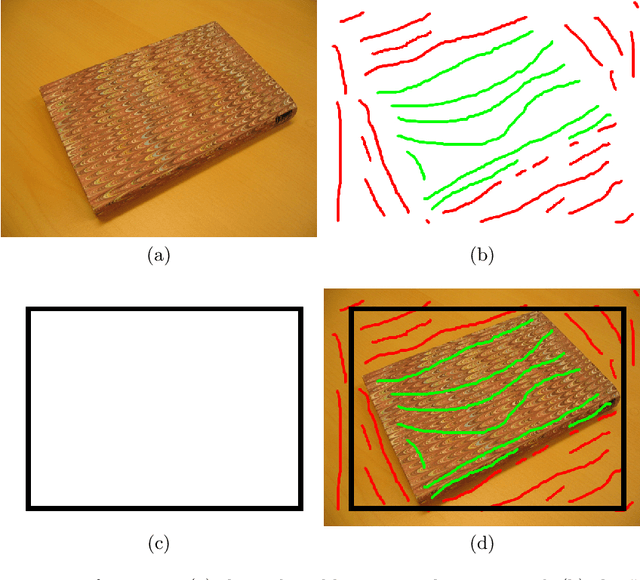
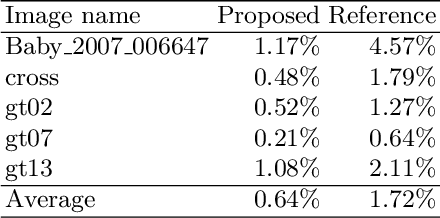
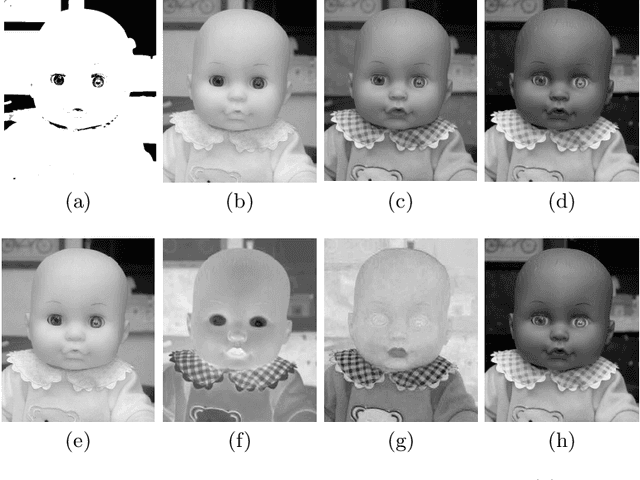
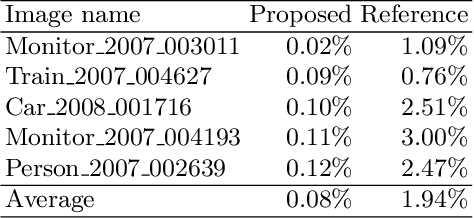
Abstract:In the interactive image segmentation task, the Particle Competition and Cooperation (PCC) model is fed with a complex network, which is built from the input image. In the network construction phase, a weight vector is needed to define the importance of each element in the feature set, which consists of color and location information of the corresponding pixels, thus demanding a specialist's intervention. The present paper proposes the elimination of the weight vector through modifications in the network construction phase. The proposed model and the reference model, without the use of a weight vector, were compared using 151 images extracted from the Grabcut dataset, the PASCAL VOC dataset and the Alpha matting dataset. Each model was applied 30 times to each image to obtain an error average. These simulations resulted in an error rate of only 0.49\% when classifying pixels with the proposed model while the reference model had an error rate of 3.14\%. The proposed method also presented less error variation in the diversity of the evaluated images, when compared to the reference model.
Simple Interactive Image Segmentation using Label Propagation through kNN graphs
Feb 13, 2020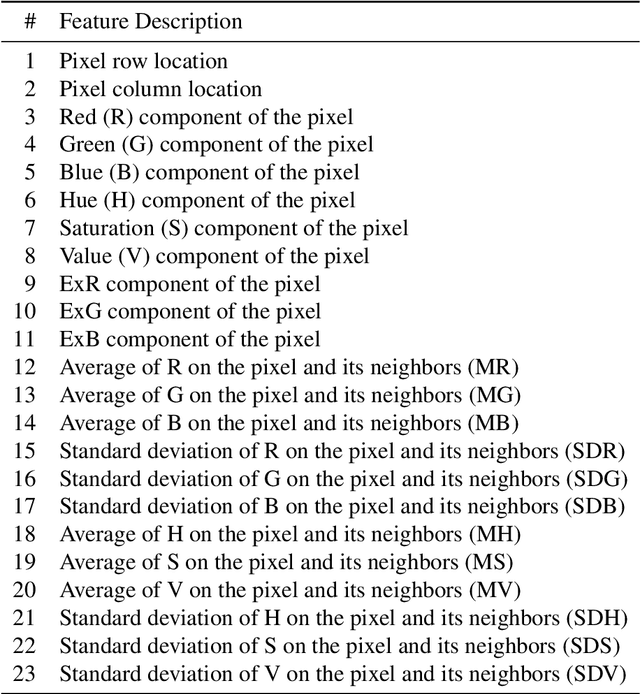

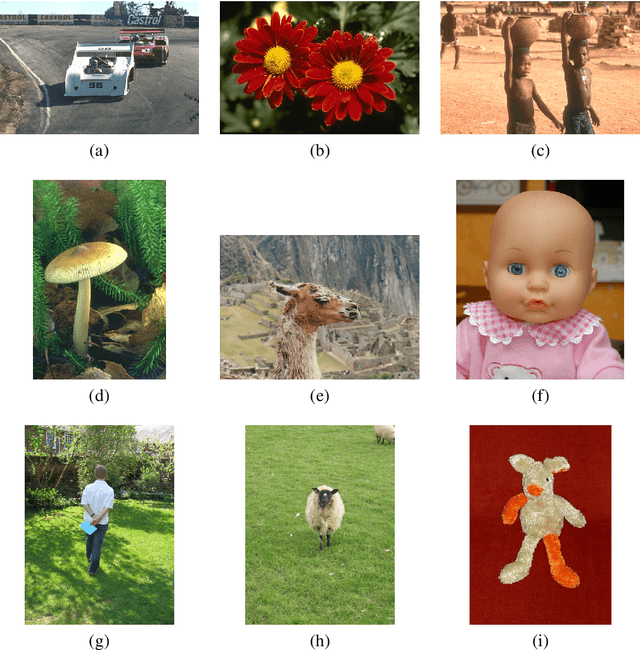
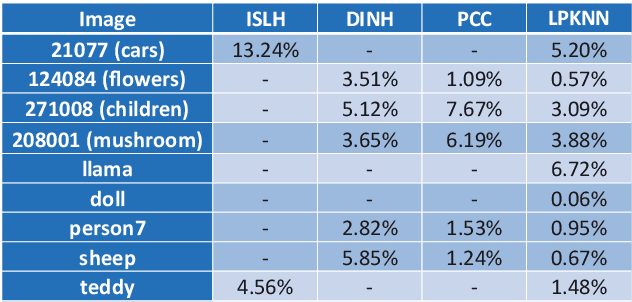
Abstract:Many interactive image segmentation techniques are based on semi-supervised learning. The user may label some pixels from each object and the SSL algorithm will propagate the labels from the labeled to the unlabeled pixels, finding object boundaries. This paper proposes a new SSL graph-based interactive image segmentation approach, using undirected and unweighted kNN graphs, from which the unlabeled nodes receive contributions from other nodes (either labeled or unlabeled). It is simpler than many other techniques, but it still achieves significant classification accuracy in the image segmentation task. Computer simulations are performed using some real-world images, extracted from the Microsoft GrabCut dataset. The segmentation results show the effectiveness of the proposed approach.
Particle Competition and Cooperation for Semi-Supervised Learning with Label Noise
Feb 12, 2020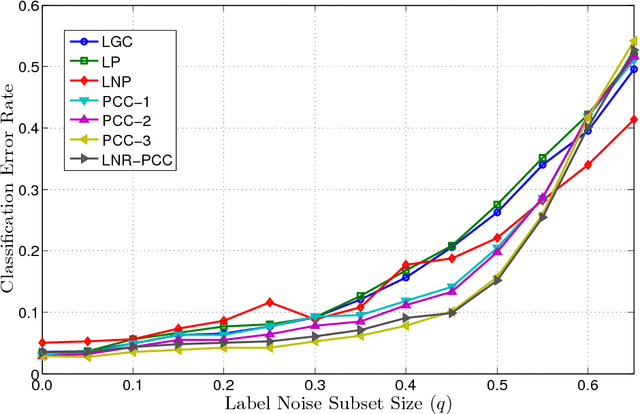
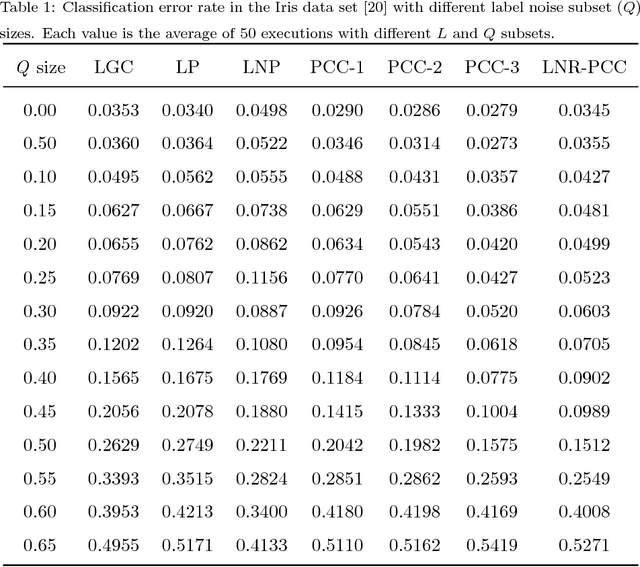
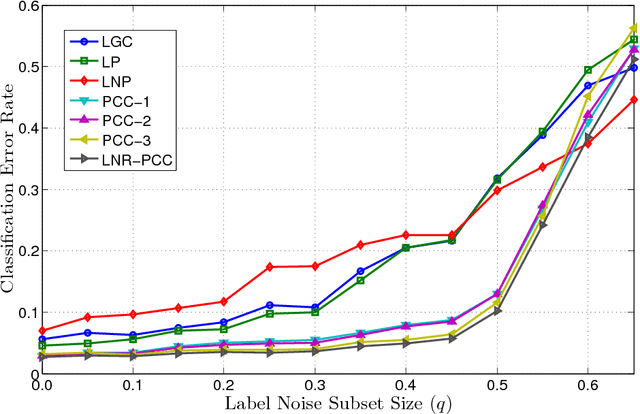
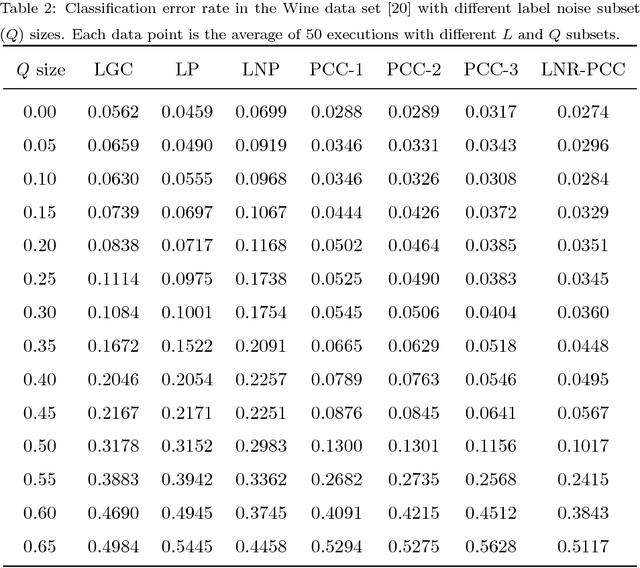
Abstract:Semi-supervised learning methods are usually employed in the classification of data sets where only a small subset of the data items is labeled. In these scenarios, label noise is a crucial issue, since the noise may easily spread to a large portion or even the entire data set, leading to major degradation in classification accuracy. Therefore, the development of new techniques to reduce the nasty effects of label noise in semi-supervised learning is a vital issue. Recently, a graph-based semi-supervised learning approach based on Particle competition and cooperation was developed. In this model, particles walk in the graphs constructed from the data sets. Competition takes place among particles representing different class labels, while the cooperation occurs among particles with the same label. This paper presents a new particle competition and cooperation algorithm, specifically designed to increase the robustness to the presence of label noise, improving its label noise tolerance. Different from other methods, the proposed one does not require a separate technique to deal with label noise. It performs classification of unlabeled nodes and reclassification of the nodes affected by label noise in a unique process. Computer simulations show the classification accuracy of the proposed method when applied to some artificial and real-world data sets, in which we introduce increasing amounts of label noise. The classification accuracy is compared to those achieved by previous particle competition and cooperation algorithms and other representative graph-based semi-supervised learning methods using the same scenarios. Results show the effectiveness of the proposed method.
Segmentação de imagens utilizando competição e cooperação entre partículas
Feb 08, 2020Abstract:This paper presents an extension proposal of the semi-supervised learning method known as Particle Competition and Cooperation for carrying out tasks of image segmentation. Preliminary results show that this is a promising approach. Este artigo apresenta uma proposta de extens\~ao do modelo de aprendizado semi-supervisionado conhecido como Competi\c{c}\~ao e Coopera\c{c}\~ao entre Part\'iculas para a realiza\c{c}\~ao de tarefas de segmenta\c{c}\~ao de imagens. Resultados preliminares mostram que esta \'e uma abordagem promissora.
Interactive Image Segmentation using Label Propagation through Complex Networks
Jan 09, 2019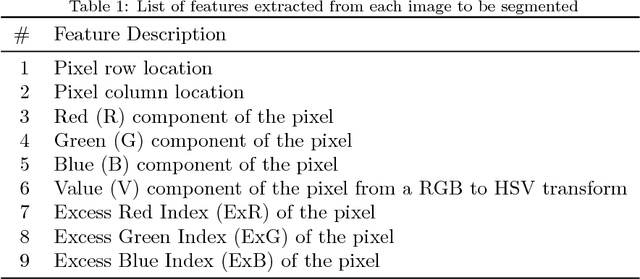
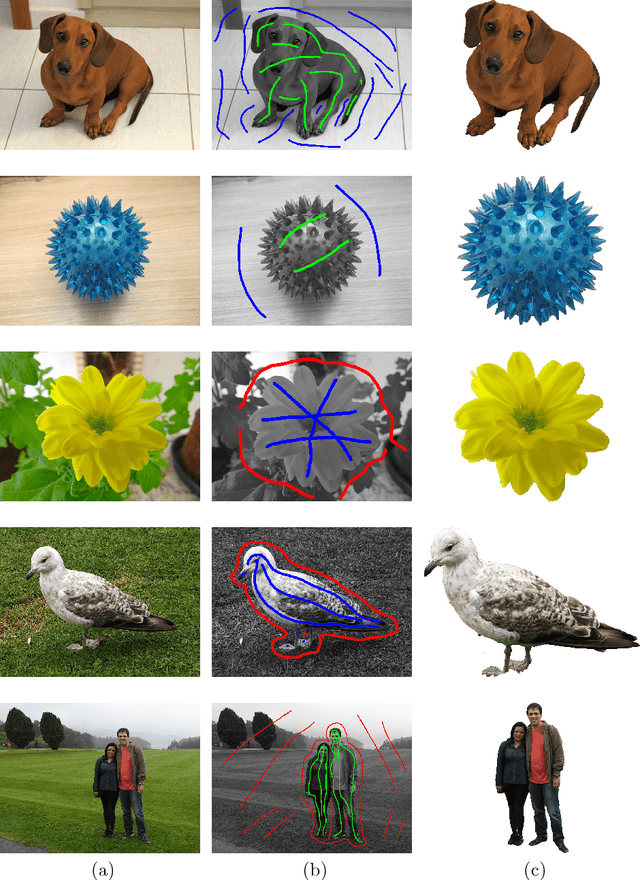
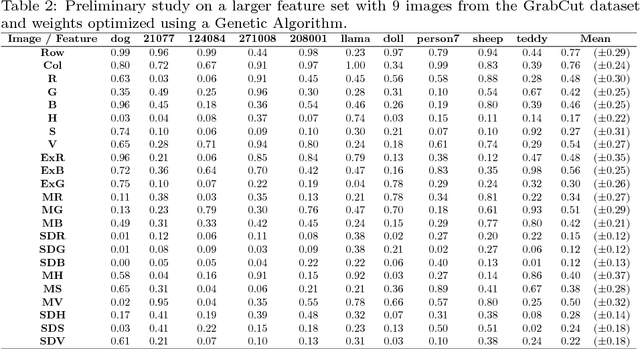
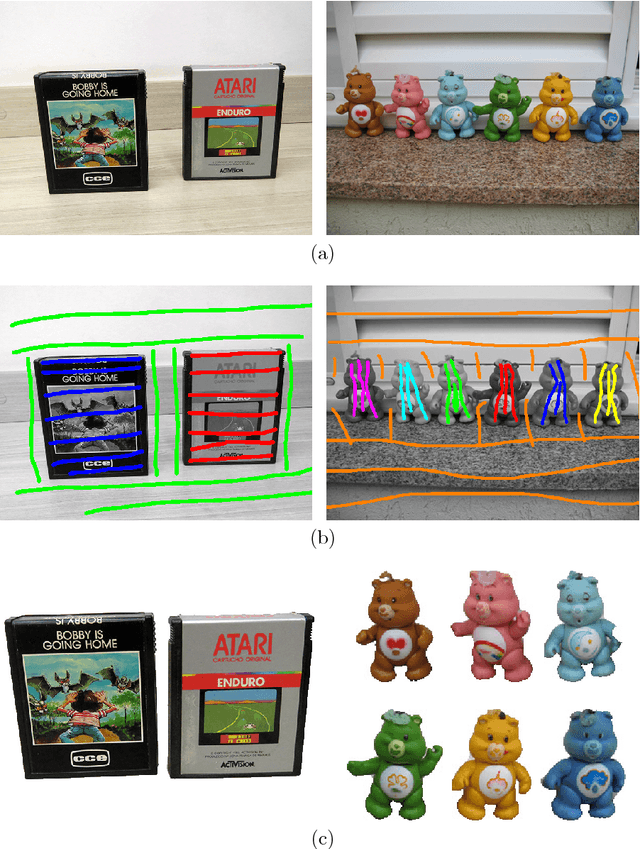
Abstract:Interactive image segmentation is a topic of many studies in image processing. In a conventional approach, a user marks some pixels of the object(s) of interest and background, and an algorithm propagates these labels to the rest of the image. This paper presents a new graph-based method for interactive segmentation with two stages. In the first stage, nodes representing pixels are connected to their $k$-nearest neighbors to build a complex network with the small-world property to propagate the labels quickly. In the second stage, a regular network in a grid format is used to refine the segmentation on the object borders. Despite its simplicity, the proposed method can perform the task with high accuracy. Computer simulations are performed using some real-world images to show its effectiveness in both two-classes and multi-classes problems. It is also applied to all the images from the Microsoft GrabCut dataset for comparison, and the segmentation accuracy is comparable to those achieved by some state-of-the-art methods, while it is faster than them. In particular, it outperforms some recent approaches when the user input is composed only by a few "scribbles" draw over the objects. Its computational complexity is only linear on the image size at the best-case scenario and linearithmic in the worst case.
 Add to Chrome
Add to Chrome Add to Firefox
Add to Firefox Add to Edge
Add to Edge